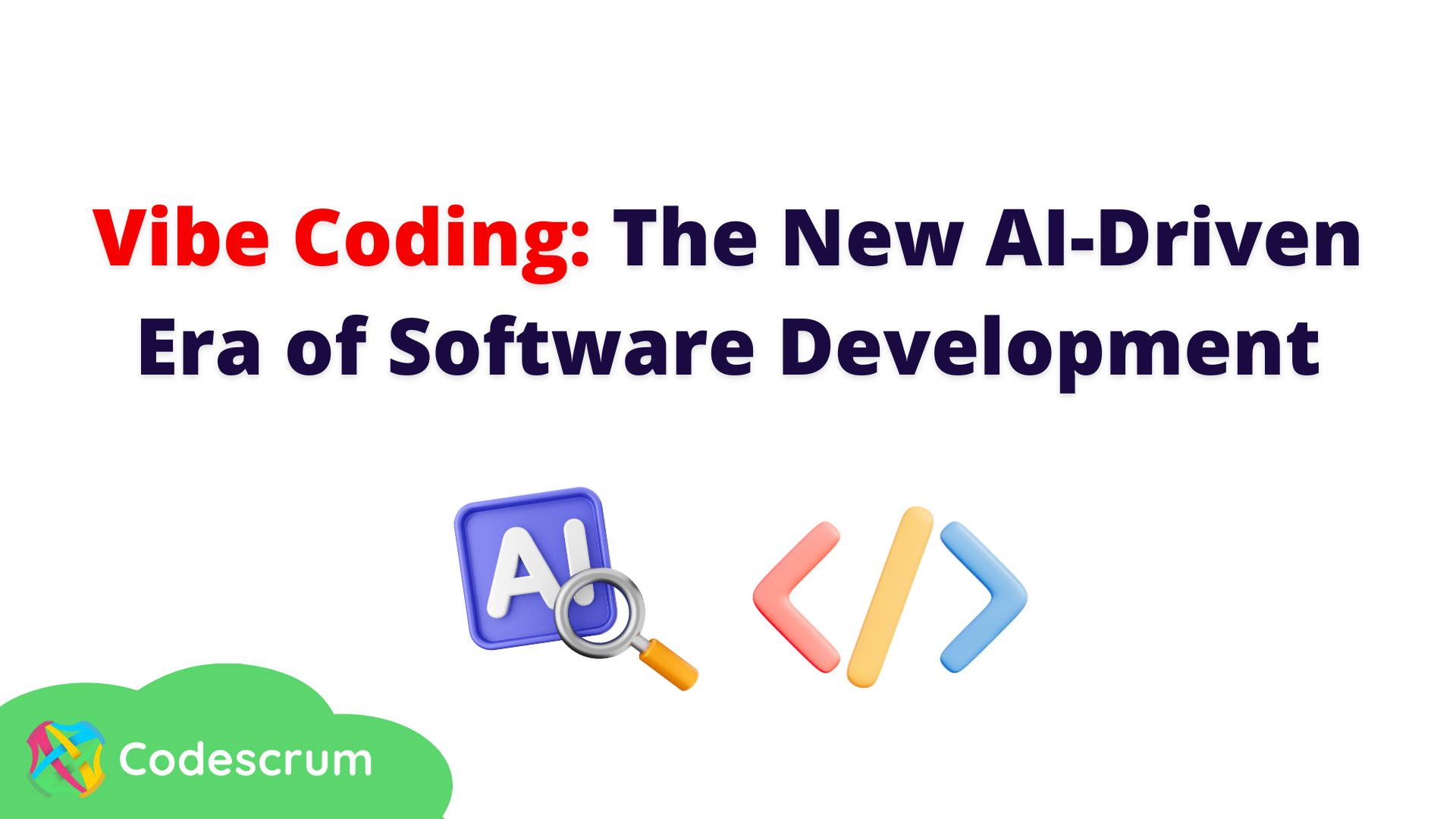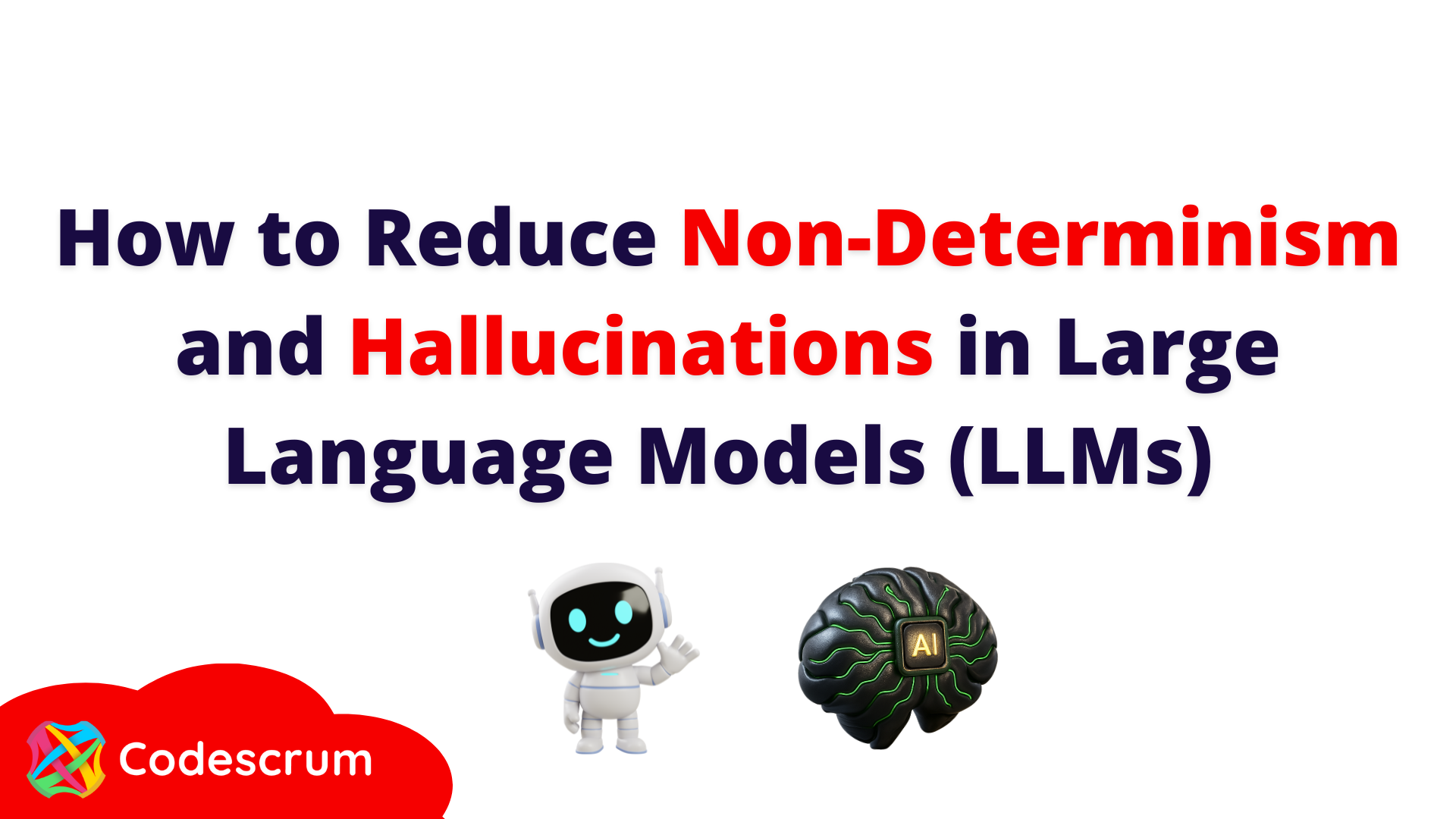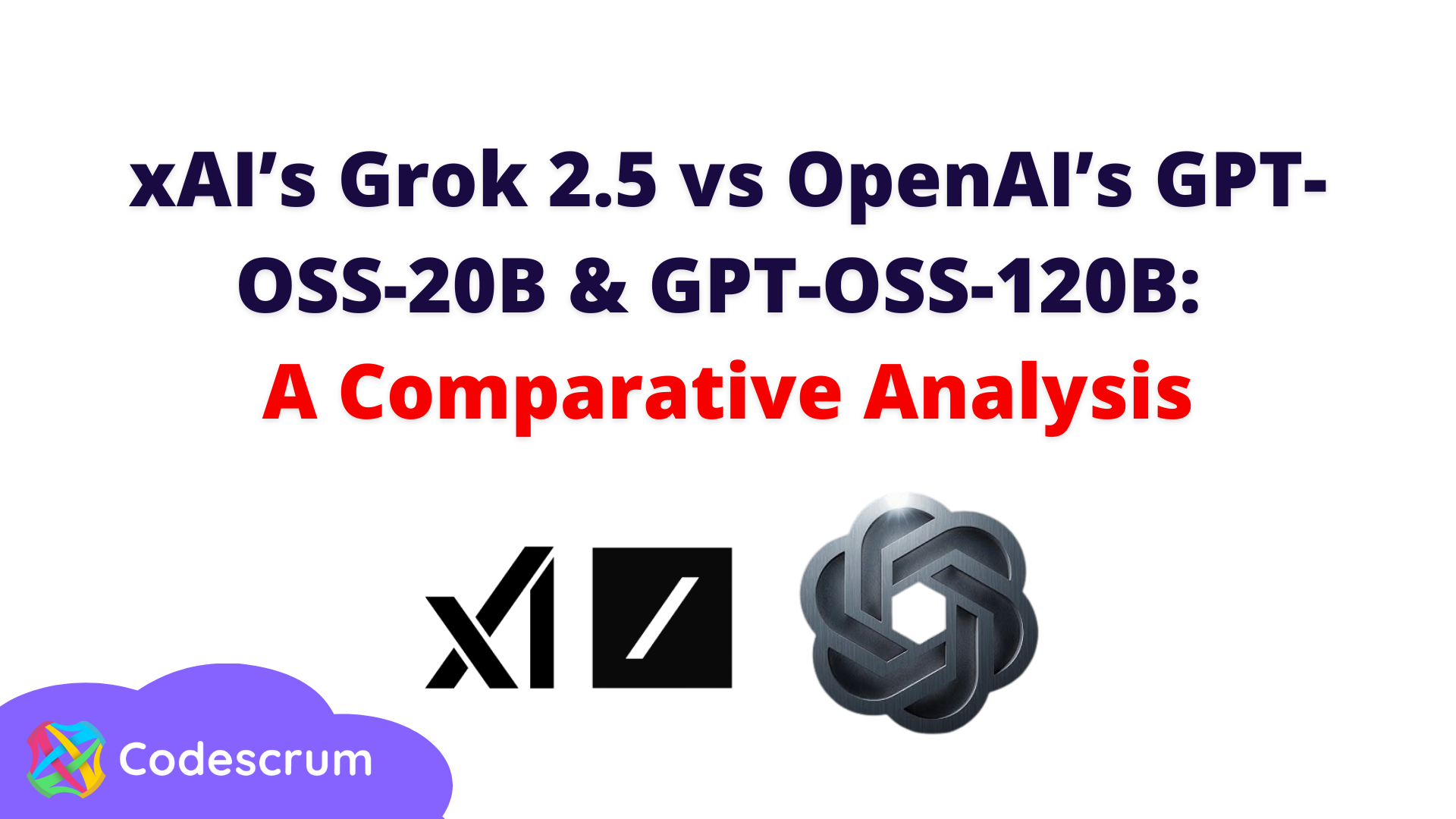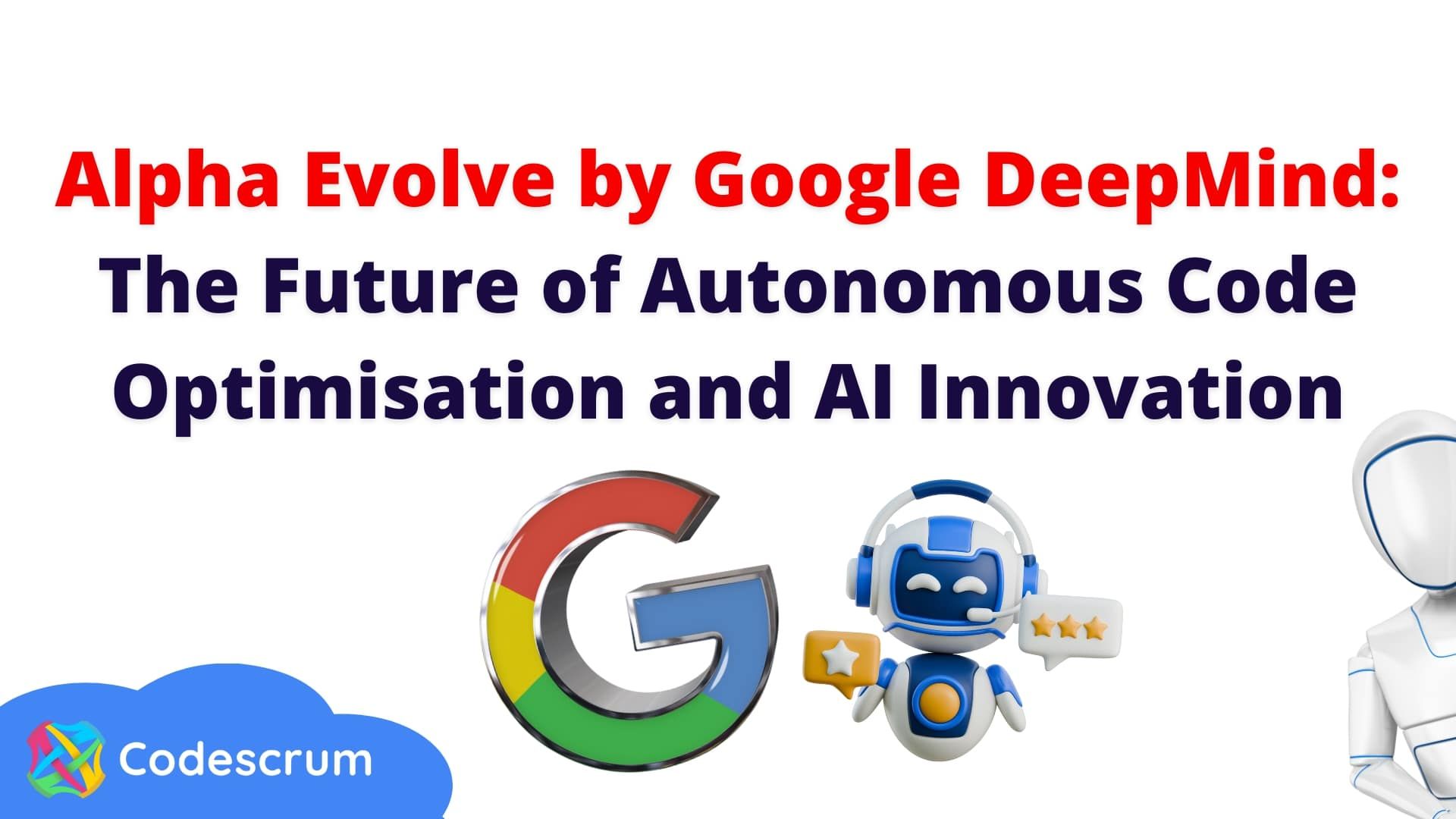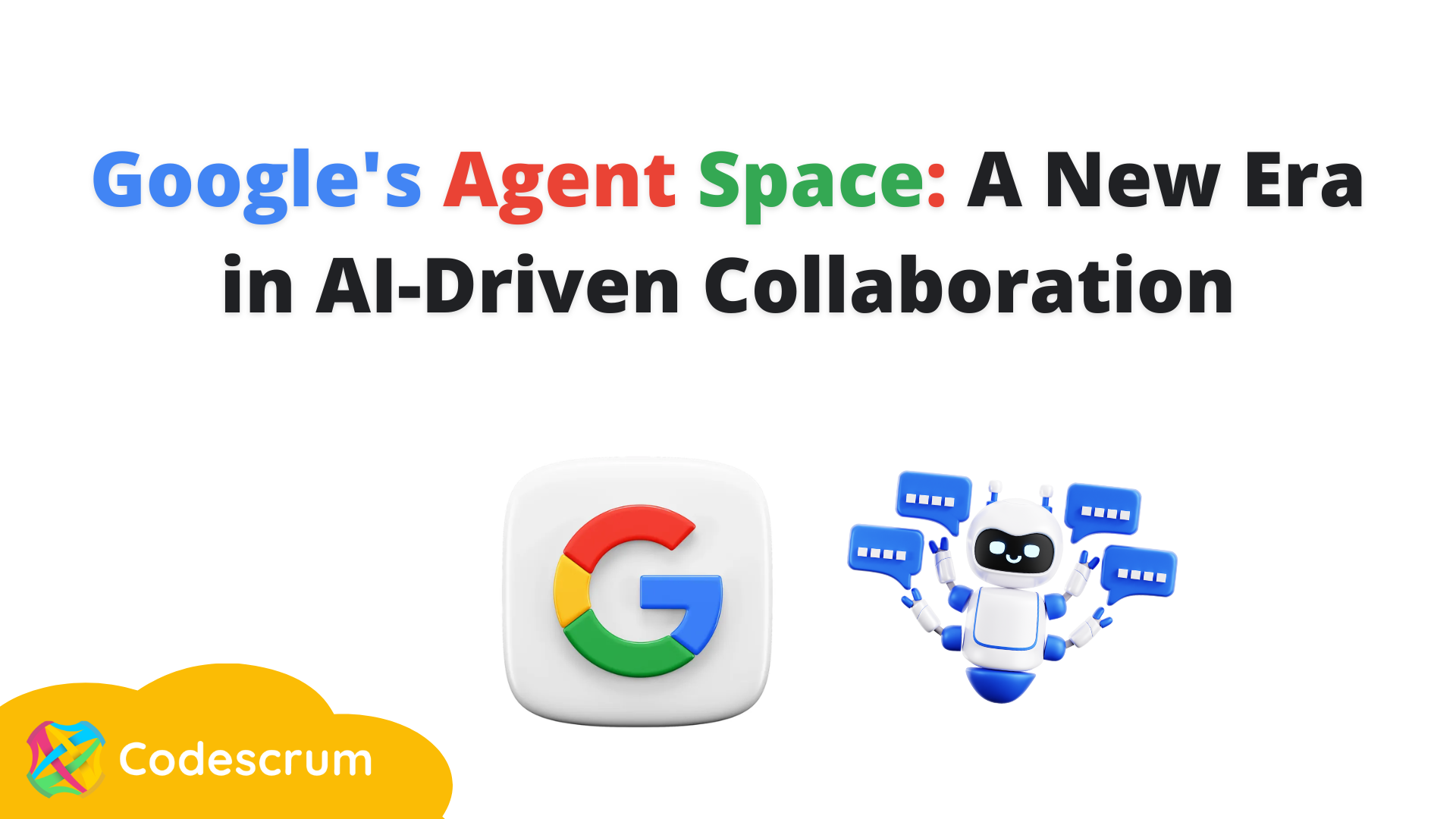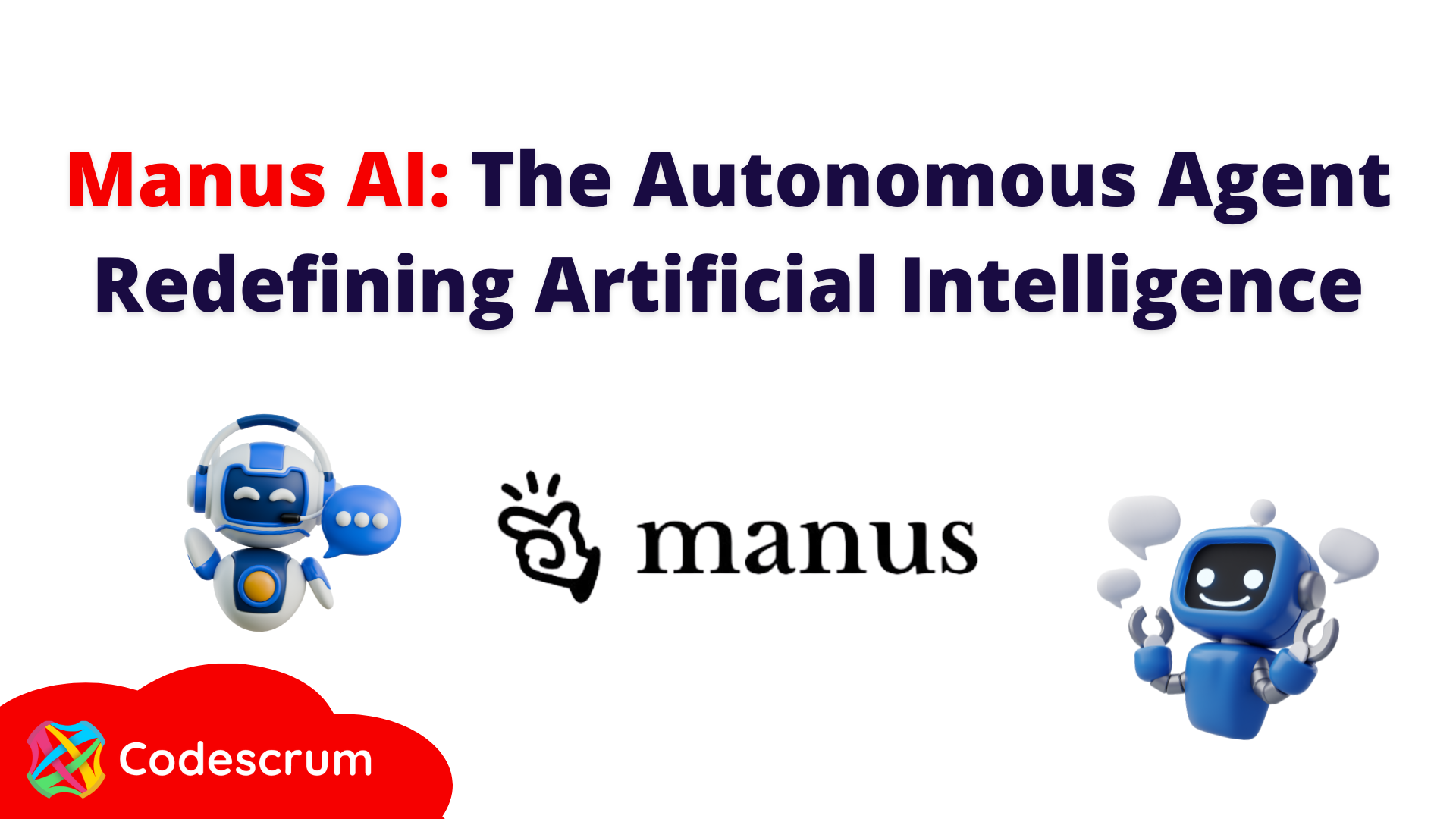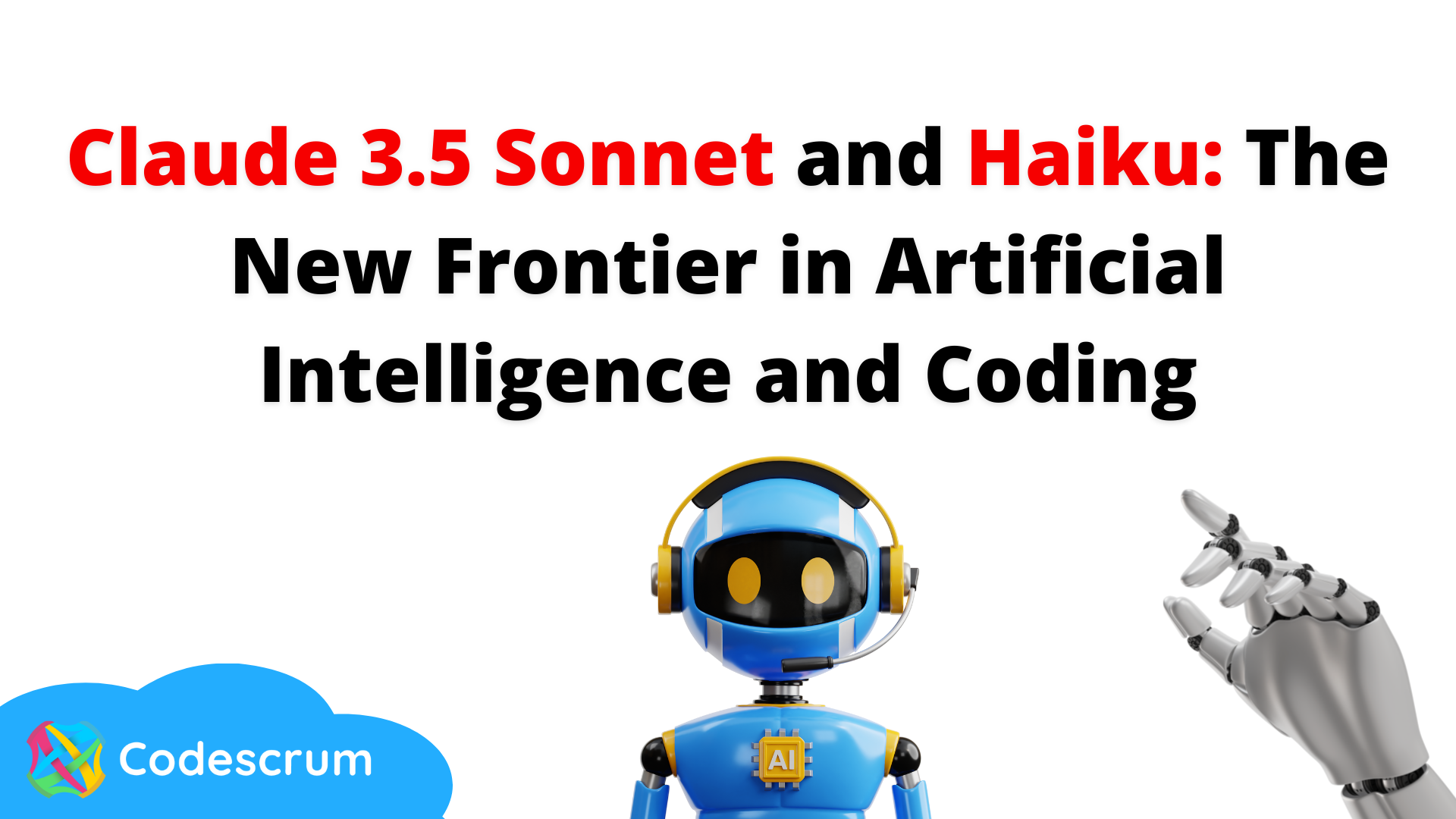OpenAI o1: Revolutionising Advanced Problem-Solving with AI
Artificial intelligence constantly evolves, with models pushing the boundaries of what machines can achieve. OpenAI o1 is the latest leap forward, a model designed to excel in complex reasoning tasks. With its advanced capabilities, OpenAI o1 represents a significant improvement over its predecessors, offering a solution tailored to demanding tasks such as mathematical reasoning, coding, and multi-step problem-solving.
This article will delve into what sets OpenAI o1 apart, its critical applications, accessibility, and the features anticipated in future updates.
What is OpenAI o1?
OpenAI o1 is a state-of-the-art AI model engineered to address challenges that require sophisticated reasoning. Unlike previous generations of AI models, including GPT-4, OpenAI o1 employs chain-of-thought reasoning, which enables it to break down complex problems into manageable steps. This approach enhances the accuracy of its outputs and makes it particularly well-suited for tasks involving logic, analytical thinking, and structured problem-solving.
For instance, while traditional models might struggle to follow a mathematical proof or debug intricate code, OpenAI o1 can systematically navigate through these tasks, offering clarity and precision.
Key Applications of OpenAI o1
OpenAI o1 is not just another AI model but a tool for tackling some of the most demanding intellectual challenges. Here are some areas where it particularly shines:
- Mathematics: From solving advanced equations to verifying the accuracy of proofs, OpenAI o1 excels in mathematical reasoning. It can assist students, researchers, and educators solve problems requiring logical deduction and multi-step calculations.
- Coding and Debugging: Developers can rely on OpenAI o1 for coding assistance, debugging, and even optimising algorithms. Its ability to follow structured processes ensures it can untangle even the most complicated programming issues.
- Data Analysis: OpenAI o1 simplifies extracting insights from large datasets. It can generate reports, interpret trends, and provide predictions based on comprehensive analyses.
- Scientific Research: Researchers working on complex problems—whether in physics, biology, or other domains—can leverage OpenAI o1 for tasks such as hypothesis testing, modelling, and simulation.
- Creative Problem-Solving: Beyond traditional applications, OpenAI o1 can assist with puzzles, strategy development, and even brainstorming innovative solutions to real-world challenges.
How to Access OpenAI o1
Accessing OpenAI o1 is straightforward. Users can interact with the model via ChatGPT, while developers can integrate its functionality through OpenAI’s API. The platform ensures seamless usability, allowing casual users and professionals to benefit from its advanced reasoning capabilities.
For those with lighter workloads, OpenAI also offers o1-mini, a scaled-down version of the model. While it is less powerful for tasks involving deep reasoning, it is ideal for simpler operations.
Pricing Structure for OpenAI o1
The pricing of OpenAI o1 is based on the number of tokens processed, with costs varying between input and output tokens. It’s worth noting that token counts include visible outputs and invisible reasoning steps, contributing to the model's processing efforts.
- o1-preview: $15.00 per million input tokens and $60.00 per million output tokens.
- o1-mini: $3.00 per million input tokens and $12.00 per million output tokens.
This pricing structure ensures flexibility, allowing users to choose the option that best aligns with their needs and budget.
What Makes OpenAI o1 Unique?
The standout feature of OpenAI o1 is its chain-of-thought reasoning. This method involves breaking a problem into smaller steps, allowing the model to approach challenges methodically. The result is a significant improvement in accuracy, particularly for tasks requiring multiple reasoning stages.
Moreover, OpenAI o1 offers unparalleled versatility. It can pivot between tasks, adapting its approach to suit the specific problem. This adaptability and its superior reasoning capabilities make it a game-changer in AI development.
Anticipated Future Updates
OpenAI has a strong track record of innovation, and future updates to o1 are expected to enhance its capabilities further. Some of the most anticipated features include:
- Faster Response Times: Making the model even more efficient for real-time problem-solving.
- Web Browsing: Allowing o1 to pull in real-time data and incorporate it into its analyses.
- File Handling: Enabling direct interaction with documents, spreadsheets, and other files for more integrated workflows.
These updates aim to solidify OpenAI o1’s position as the go-to model for advanced problem-solving.
Ethical Considerations
As with any powerful AI tool, ethical considerations play a vital role in its development and deployment. OpenAI is committed to ensuring its models are used responsibly, avoiding misuse and minimising biases. Transparency in pricing and functionality further reinforces OpenAI’s dedication to ethical AI practices.
Conclusion
OpenAI o1 is more than just an upgrade—it is a transformative tool that redefines what artificial intelligence can achieve. By excelling in complex reasoning and offering unparalleled accuracy, it addresses challenges across mathematics, coding, data analysis, and beyond.
With its robust capabilities, flexible pricing, and anticipated future enhancements, OpenAI o1 sets a new benchmark for AI-driven problem-solving. Whether you are a student, a developer, a researcher, or a business professional, OpenAI o1 is a powerful ally for tackling intellectual challenges and achieving breakthrough results.
